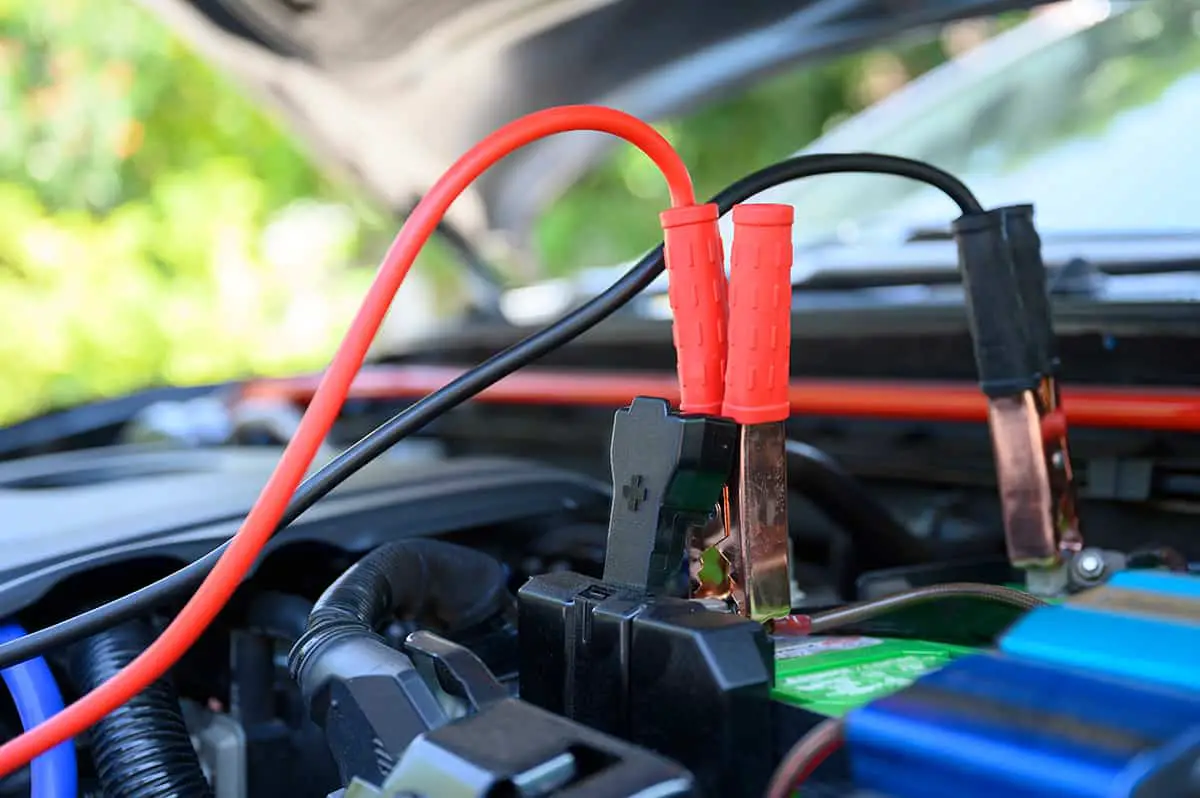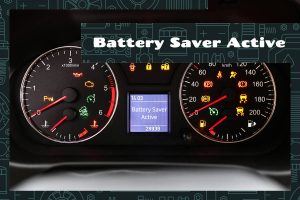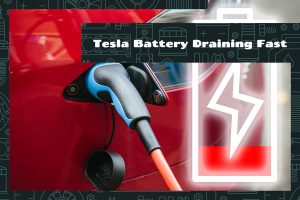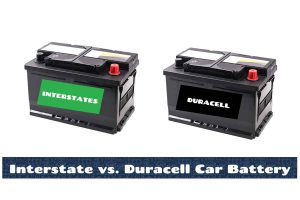A dead car battery can strike like a bolt of lightning, leaving you stranded and helpless on the side of the road. But, just as the sun rises after a stormy night, there are simple steps you can take to bring your vehicle back to life. With a little knowledge and the right tools, you can jumpstart your car, replace the battery, or even recharge it. The only question is, how many hours will it take to recharge an empty car battery?
The average timeframe for recharging a dead car battery is between 10 and 24 hours. To get a more precise figure, divide the battery’s amps by the charger’s amps per hour—this should give you a rough estimate of how many hours it will take to fully recharge an empty car battery.
In this guide, we’re going to go over how long it takes to recharge a car battery, what the different types of car battery chargers are, and whether or not your car battery can still hold a charge.
What Is a Car Battery?
A car battery is a rechargeable battery that is used to start an internal combustion engine and provide electrical power to run various accessories and lights in a vehicle. It is commonly referred to as a lead-acid battery because it consists of lead plates immersed in sulfuric acid.
The battery is a crucial component of a car’s electrical system, as it provides the initial spark to start the engine and then recharges itself through the alternator as the car runs. Car batteries are designed to last for several years, but their lifespan can be affected by factors such as extreme temperatures, driving conditions, and frequency of use.
When a car battery fails, it can cause a variety of problems such as a slow engine start, difficulty starting the engine, and electrical issues. Regular maintenance, such as checking the battery’s charge and cleaning the battery terminals, can help extend its life.
Do EVs Have Batteries?
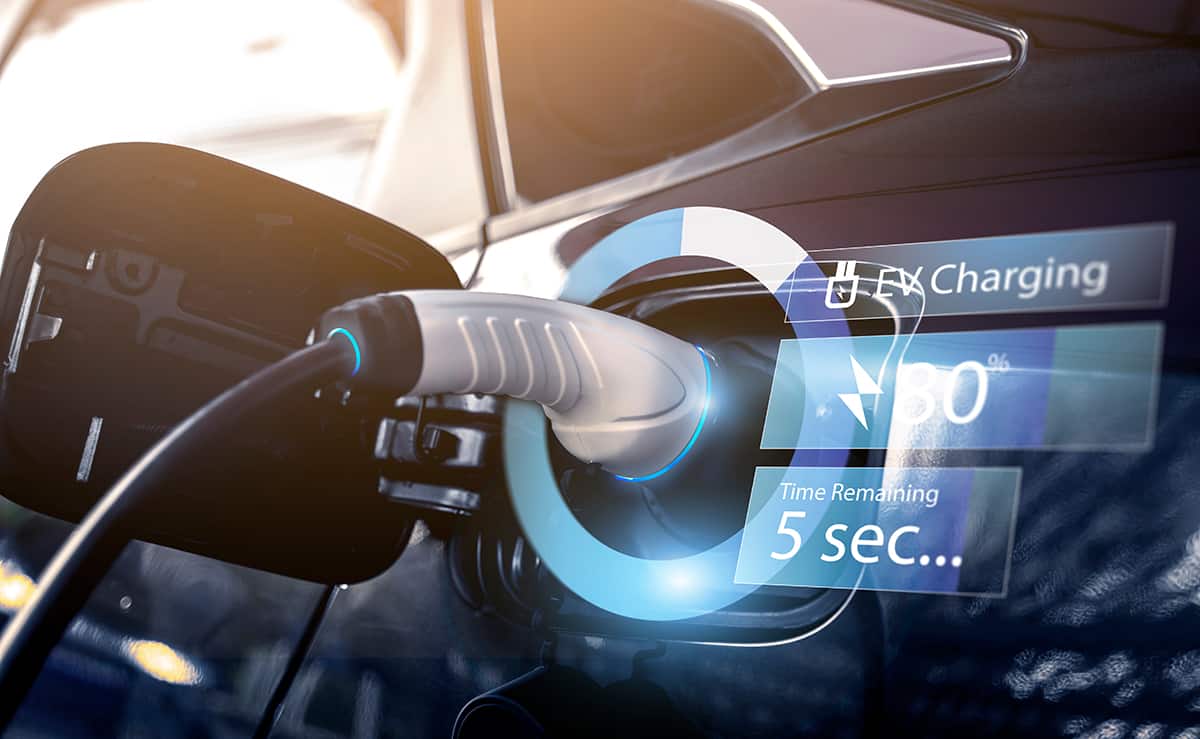
Yes, but electrical vehicles (EVs) use a different type of battery than traditional internal combustion engine (ICE) vehicles.
EVs use a high-capacity lithium-ion battery pack to store electrical energy and power the electric motor that drives the vehicle. These batteries are more expensive and have a higher energy density compared to lead-acid batteries used in ICE vehicles, but they are also lighter, more compact, and can store more energy.
Additionally, the battery pack in an EV is designed specifically for the needs of an electric drivetrain and is optimized for high discharge rates, long cycle life, and efficient recharging. Lead-acid batteries, on the other hand, are designed primarily for providing short bursts of high power, such as starting an engine, and are not suitable for use as the main energy source in an EV.
You will still need to recharge your EV’s battery, but you can do so by plugging in a charger directly into the vehicle’s charger port. Depending on the source of power used to recharge the EV, it could take as long as an entire day or as little as under 30 minutes to cover 300 miles.
How Long to Charge a Car Battery?
You should expect to wait for between 10 and 24 hours for your car battery to recharge fully. However, the exact waiting period depends on how much power the charger uses.
The typical car battery is 48 amps, whereas car battery chargers vary from 1 to 50 amps. Without taking any other factors into account, you simply need to divide the battery’s amperage by the charger’s amperage to get an estimated charging time.
For instance, if your charger is rated at 20 amps, divide 48 by 20, and you’ll end up with 2.4 hours or 2 hours 24 minutes.
Types of Car Battery Chargers
Here, we’re going to cover the various types of car battery chargers. In general, there are 4 to keep in mind—manual, electric, solar-powered, and trickle.
1. Manual
There are many functions for the manual battery charger. Most of these chargers offer a range of options for the user to select the most effective charging method. Most manual chargers offer amperage settings (2, 6, 10, etc.) in addition to voltage (6 or 12 volts) and a voltage setting (6 or 12 volts).
In some batteries, you can choose between different designs, such as Flooded, AGM, and Deep-Cycle. For the reason that not all battery charging scenarios are the same, these choices make it possible to charge a wide range of battery types.
One must exercise caution when using a battery charger that must be operated manually. After a battery has been fully charged, it should not be left connected to a charger for an extended period of time. If you continue to apply voltage or amperage to a fully charged battery, even at low levels, you will damage it.
2. Electric
Electric car battery chargers are charging devices that use AC electrical outlets to provide a steady flow of electrical energy to the battery. They are designed to charge a car battery safely and efficiently, automatically adjusting the charging rate based on the battery’s voltage and current state. This type of charger is convenient and easy to use, simply plug it into an electrical outlet and connect it to the car battery using the included cables.
Many electric car battery chargers come with digital displays that show the current voltage, charging rate, and estimated time remaining. Some models also feature automatic shut-off, which stops the charging process when the battery is fully charged, preventing overcharging and extending the battery’s lifespan.
3. Solar-powered
Solar-powered car battery chargers are charging devices that use photovoltaic panels to convert sunlight into electrical energy to charge a car battery. These chargers are designed to be portable and eco-friendly, making them ideal for use in remote locations where there is no access to electrical outlets.
The photovoltaic panels on a solar-powered car battery charger are made up of semiconductors that generate a flow of electrons when exposed to sunlight. This electrical energy is then stored in a battery within the charger and can be used to charge a car battery as needed.
Solar-powered car battery chargers are a great option for those who want to be environmentally friendly and reduce their dependence on traditional power sources. They are also useful for people who frequently drive in remote locations, such as campers or off-roaders, and don’t want to be stranded with a dead battery.
4. Trickle
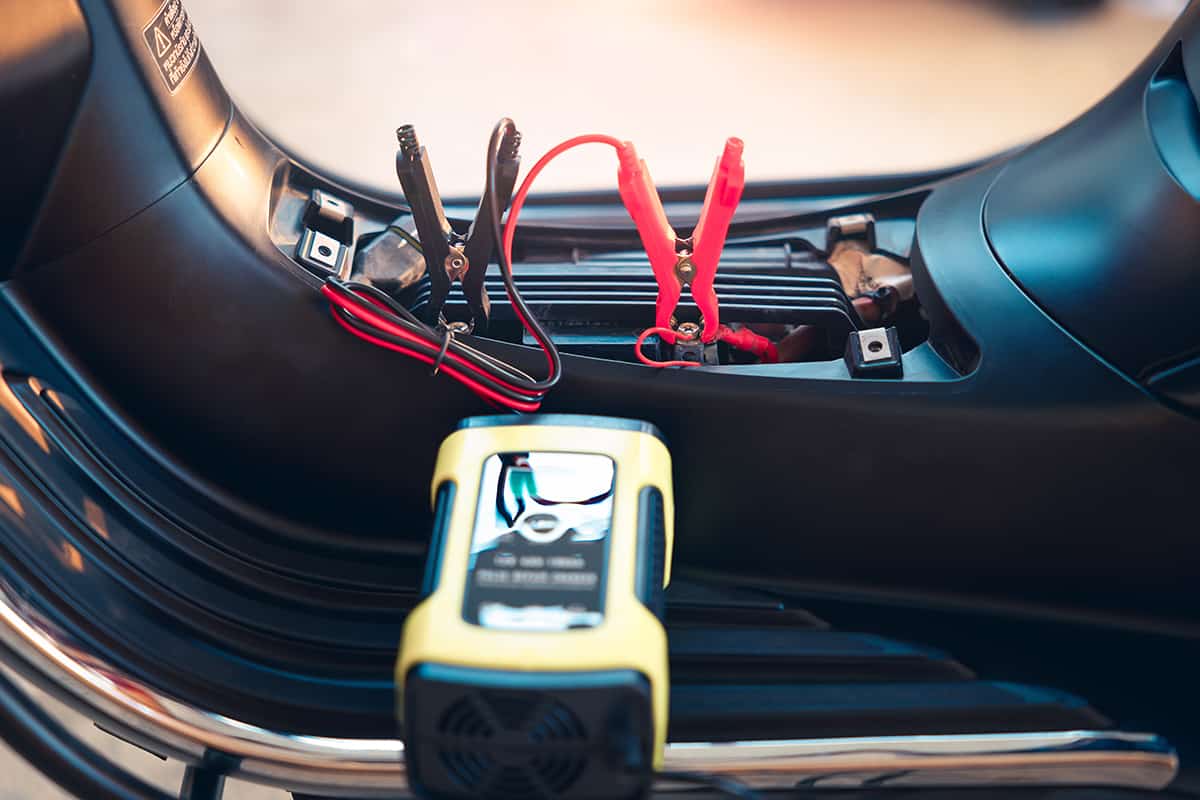
Trickle car battery chargers are slow-charging devices that continuously provide a low level of current to a car battery, maintaining its charge and preventing sulfation. This charger is ideal for long-term storage, as it helps keep the battery in good condition even when it is not being used.
Trickle car battery chargers are often used for seasonal vehicles, such as boats or RVs, or for cars that are stored for long periods of time. They are designed to be connected to the battery for extended periods, typically weeks or months, and provide a slow, steady flow of current that keeps the battery at its optimal charging level.
Should You Recharge Your Car Battery?
If your car battery is dead or dying, you’ll have 2 options: replace the battery or recharge it. If you have a charger at home, recharging the battery can be the more cost-efficient method. However, we first have to determine whether or not it’s still worth recharging.
Depending on the brand and how often you use it, a rechargeable car battery can be charged anywhere from 500 to 1,000 times over its 5-year lifespan. Because of this, you can expect to buy fewer of them than you would with disposable batteries.
Over time, the car battery will hold less and less charge. Usually, after the 3-year mark, the car battery will only hold about 75% of its original charge, with each subsequent recharging session reducing the maximum capacity more and more. Usually, after 5 or 6 years, when the battery can no longer reliably turn the engine over or deliver power to the electrical components (radio, power windows, etc.), you should replace the battery with a fresh one.
Do Car Batteries Recharge at Idle?
While the battery will still be charged while the car is parked, the rate of recharge will be much slower than if you were actually driving. This is because of the increased use of electricity required by the car’s electronics in today’s vehicles.
The battery will take much longer to charge when the car is just sitting there idling because the engine isn’t turning over very fast. It could take several hours for an idling engine to recharge the battery, whereas taking it out and connecting it to a recharging station can fill up the entire battery in that amount of time.
How Long Does a Car Battery Last Without Driving?
Two months is all it takes for a fully charged battery to drain to nothing if it sits unused. If your battery is older than three years or wasn’t fully charged before your last drive, its lifespan will be shortened even further.
Taking a series of short trips in a row can be taxing on a car’s battery. There’s nothing wrong with running a number of errands at once, but doing so will quickly deplete your battery if you’re only driving for a few minutes at a time. If you want to keep your alternator in good working order, you should take a 30-minute highway drive at least once a week.
